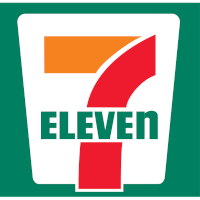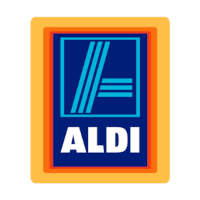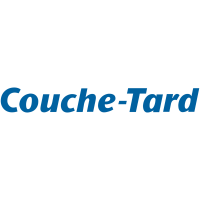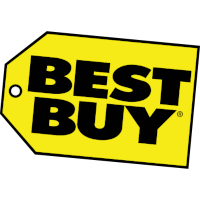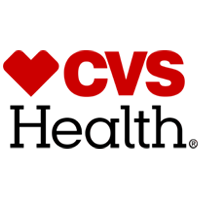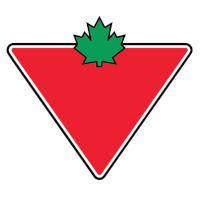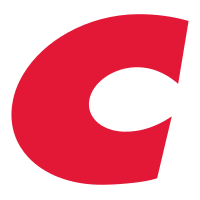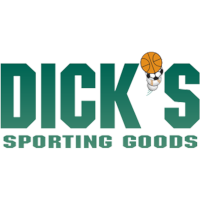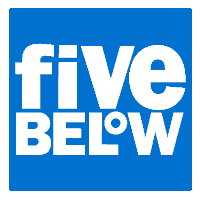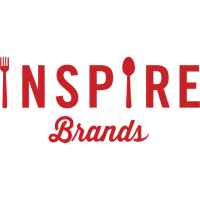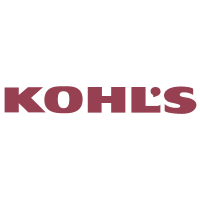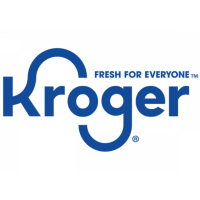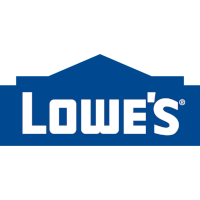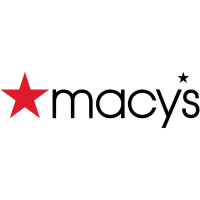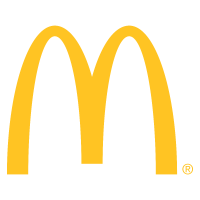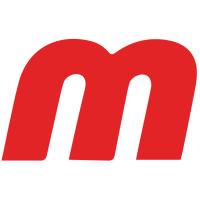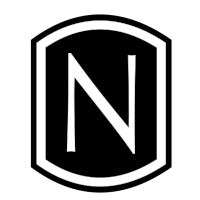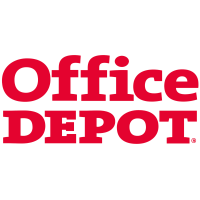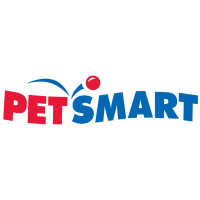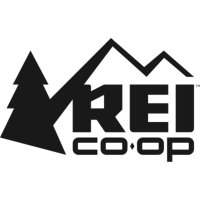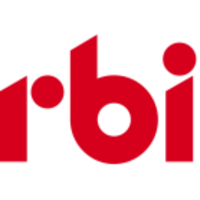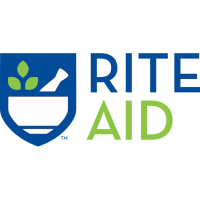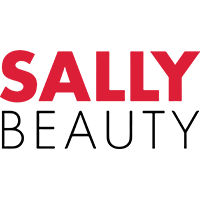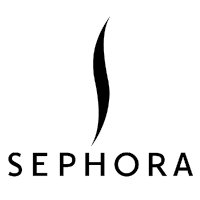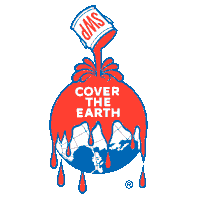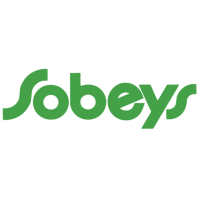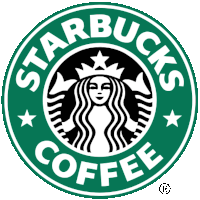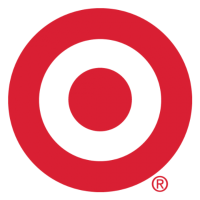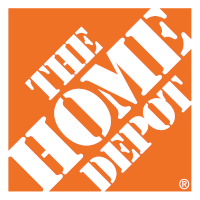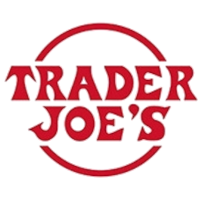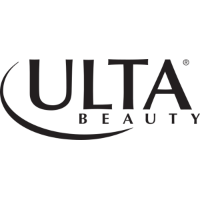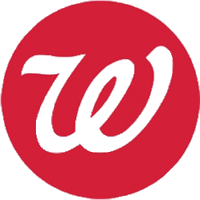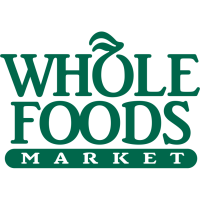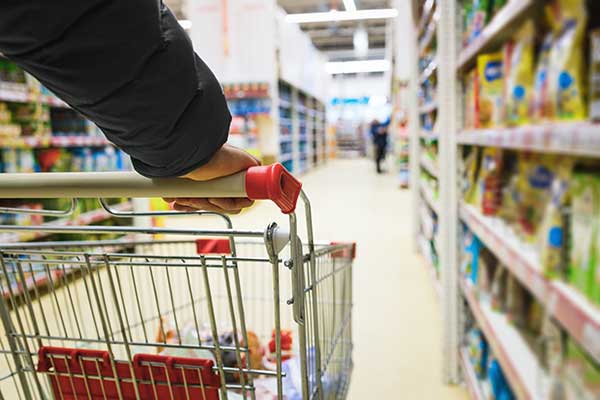Methodology
The 2024 Retailer Report Card is published by Toxic-Free Future (TFF) and its Mind the Store program. The Retailer Report Card is the most comprehensive assessment of retailers’ corporate policies and implementation programs addressing highly hazardous petrochemicals and plastics in the United States and Canada.
Methodology Resources
Learn about the Four Essential Elements for a Safer Marketplace criteria (PDF download)
Understand how we calculated the letter grades
Terms referenced in the Retailer Report Card
This sixth edition of the Retailer Report Card evaluates the safer chemicals policies of 50 of the United States’ and Canada’s largest retailers: 7-Eleven, Ahold Delhaize, Albertsons, ALDI U.S., Alimentation Couche-Tard, Amazon, Apple, Best Buy, Canadian Tire, Chipotle, Costco, CVS Health, Dick’s Sporting Goods, Dollar General, Dollar Tree, Five Below, The Home Depot, IKEA, Inspire Brands, Kohl’s, Kroger, Loblaw, Lowe’s, LL Flooring (Lumber Liquidators), Macy’s, McDonald’s, Metro, Nordstrom, Office Depot, Panera Bread, PetSmart, Publix, REI, Restaurant Brands International, Rite Aid, Sally Beauty, Sephora, Sherwin-Williams, Sobeys, Staples, Starbucks, Subway, Target, TJX Companies, Trader Joe’s, Ulta Beauty, Walgreens, Walmart, Whole Foods Market, and Yum! Brands.
These retailers were selected for evaluation because they were among the top 50 U.S. or Canadian retailers by sales or because they commanded a major market share in one of 13 major retail sectors (see sectors in the chart below).
New retailers evaluated
This year’s report card includes four new retailers: the growing discount chain Five Below; the major retailer of flooring products, LL Flooring (Lumber Liquidators); the nation’s largest dedicated pet chain, PetSmart; and the leading retailer of paints and coatings, Sherwin-Williams.
Retailers Evaluated in the Retailer Report Card by Key Consumer Sector
| Key Consumer Sector | Retailers Evaluated |
|---|---|
| Apparel | Amazon, Canadian Tire, Dick’s Sporting Goods, Kohl’s, Macy’s, Nordstrom, REI, TJX, Walmart |
| Baby/Children | Amazon, Costco, Dollar General, Dollar Tree, Five Below, Target, Walmart |
| Beauty & Personal Care |
Ahold Delhaize, Albertsons, Aldi, Amazon, CVS Health, Costco, Dollar General, Dollar Tree, Five Below, Kroger, Loblaw, Macy’s, Nordstrom, Publix, Rite Aid, Sally Beauty, Sephora, Sobeys, Target, Trader Joe’s, Ulta Beauty, Walgreens, Walmart, Whole Foods Market |
| Department Store | Kohl’s, Macy’s, Nordstrom |
| Dollar Store | Dollar General, Dollar Tree, Five Below |
| Drugstore | Ahold Delhaize, Albertsons, Amazon, CVS Health, Costco, Kroger, Loblaw, Metro, Publix, Rite Aid, Sobeys, Target, Walgreens, Walmart |
| Electronics | Amazon, Apple, Best Buy, Costco, Five Below, Kohl’s, Macy’s, Office Depot, Staples, Target, Walmart |
| Furniture/ Home Goods |
Amazon, Canadian Tire, Costco, Five Below, IKEA, Kohl’s, Macy’s, TJX, Target, Walmart |
| Groceries | 7-Eleven, Ahold Delhaize, Albertsons ,Aldi, Alimentation Couche-Tard, Amazon, CVS Health, Costco, Dollar General, Dollar Tree, Kroger, Loblaw, Metro, Publix, Rite Aid, Sobeys, Target, Trader Joe’s, Walgreens, Walmart, Whole Foods Market |
| Home Improvement | Amazon, Canadian Tire, LL Flooring, Lowe’s, Sherwin-Williams, The Home Depot |
| Office Supplies | Amazon, Office Depot, Staples |
| Pet Supplies | Ahold Delhaize, Albertsons, Aldi, Amazon, Costco, Dollar General, Dollar Tree, Five Below, Kroger, Loblaw, Metro, PetSmart, Publix, Sobeys, Target, Walmart, Whole Foods Market |
| Restaurant/ Fast Food |
Chipotle, Inspire Brands, McDonald’s, Panera Bread, Restaurant Brands International, Starbucks, Subway, Yum! Brands |
Criteria: The Four Essential Elements for a Safer Marketplace
The updated scoring rubric, the Four Essential Elements for a Safer Marketplace, is a framework of best practices for businesses to address toxic chemicals and plastics. The Four Essential Elements build on and incorporate the previous iteration of the Retailer Report Card, first developed in 2016. The criteria are aligned with other best practices including the BizNGO Principles for Safer Chemicals and the Chemical Footprint Project.
A summary of changes is available here.
The Four Essential Elements include:
![]() Corporate Commitment: Evaluates the retailer’s adoption of a corporate safer chemicals policy, participation in the Chemical Footprint Project, external collaboration, and support of public policies.
Corporate Commitment: Evaluates the retailer’s adoption of a corporate safer chemicals policy, participation in the Chemical Footprint Project, external collaboration, and support of public policies.
![]() Transparency: Evaluates a retailer’s knowledge of hazardous chemicals and plastics in the products and packaging it sells, public disclosure of chemicals and plastics to consumers, and accountability measures to ensure supplier compliance with restrictions on hazardous chemicals and plastics.
Transparency: Evaluates a retailer’s knowledge of hazardous chemicals and plastics in the products and packaging it sells, public disclosure of chemicals and plastics to consumers, and accountability measures to ensure supplier compliance with restrictions on hazardous chemicals and plastics.
![]() Ban the Bad: Evaluates the scope of hazardous chemicals and plastics a retailer currently prohibits, quantifiable time-bound goals to reduce and eliminate hazardous chemicals and plastics, and progress in reducing and eliminating high-priority chemicals, chemical classes, and plastics of high concern.
Ban the Bad: Evaluates the scope of hazardous chemicals and plastics a retailer currently prohibits, quantifiable time-bound goals to reduce and eliminate hazardous chemicals and plastics, and progress in reducing and eliminating high-priority chemicals, chemical classes, and plastics of high concern.
![]() Safer Solutions: Evaluates a retailer’s implementation of safer solutions, such as the sale of truly safer products; financial investments in safer solutions, and the steps it is taking to ensure suppliers are transitioning to safer chemicals and products.
Safer Solutions: Evaluates a retailer’s implementation of safer solutions, such as the sale of truly safer products; financial investments in safer solutions, and the steps it is taking to ensure suppliers are transitioning to safer chemicals and products.
Maximum possible points for each criterion were based on best professional judgment as to importance to the goal of eliminating and safely substituting the use of hazardous chemicals and plastics in consumer products, packaging, manufacturing, and store operations. The maximum possible total score is 165 points for retailers that sell beauty products and 155 points for all other retailers. The grading scale determining the letter grade awarded for points earned has also been adjusted, raising the bar to earn higher grades.
Formulated products vs. articles
In the Transparency element, for “Supply Chain Disclosure” and “Consumer Disclosure,” new distinctions were made between formulated products and articles, as chemical ingredient information is more difficult to obtain for articles. Scoring for these two criteria was weighted based on the percent of formulated products vs. articles in a retailer’s product portfolio. See the scoring rubric for further detail.
Restaurant chains
The scoring rubric was tailored in several ways for restaurants in recognition of differences in products. Food is out of scope for the Retailer Report Card; restaurants were assessed on their packaging and operations. In the Transparency element, for “Supply Chain Disclosure” and “Consumer Disclosure,” restaurants were only assessed on private-label articles. In the Safer Solutions element, for “Implementation of Known Safer Solutions,” restaurants were only assessed on private-label solutions. See the scoring rubric for further details.
Beauty products of environmental justice concern
For retailers that sell beauty and personal care products, retailers could receive up to 10 additional points for chemical management initiatives requiring disclosure of or restricting toxic chemicals in beauty products marketed to people of color. This is to address the growing concern that beauty and personal care products marketed to people of color often contain toxic ingredients, such as formaldehyde and phthalates. Similar criteria were incorporated in the previous iteration of the report card. Letter grades for all retailers were calculated based on percent of total possible points earned.
Our approach
We reviewed publicly available information reported by the retailers, including in corporate social responsibility or sustainability reports, websites, news releases, and blog posts throughout 2023-2024. We also reviewed official correspondence between the 50 retailers selected for evaluation and the Mind the Store program, Campaign for Healthier Solutions, and/or Environmental Defence Canada. After an initial evaluation of the retailers, we sent each one its preliminary scores against the Four Essential Elements for a Safer Marketplace with a standardized email, providing every company an opportunity to review our findings, disclose additional information, and/or make new public commitments to correct or improve its draft score and grade. We followed up with each retailer multiple times to ensure that staff had received the preliminary grade and understood the report’s deadline and process. If requested by a retailer’s staff, we scheduled a phone call with the retailer to review and discuss our findings. The majority of retailers, 56 percent (28 out of 50), responded to their draft scores, sharing feedback, new information, and/or setting new commitments on chemicals and plastics. After receiving and reviewing written input, we adjusted and finalized each score based on any new information that was disclosed in writing.
Note: Changes to scores and grading in 2024
Scores in 2024 place a much greater emphasis on a retailer’s commitment to implementing “safer solutions,” that is, chemicals and materials that have been assessed and are not highly hazardous, roughly doubling the number of total possible points. The grading scale – that is, the letter grade awarded for points earned – has also been adjusted. We have raised the bar to challenge retailers to improve even further in the years ahead.
These two factors, the shift in criteria and the shift in grading scale, have resulted in lower grades for nearly half of the retailers. For a few retailers, even where they have made progress, their letter grade still declined slightly. Meanwhile, 38 percent of retailers (19 out of 50) saw their numerical scores improve since 2021.
2024 Retailer Report Card: Total Possible Points
| Retailer |
Corporate Commitment
|
Transparency
|
Ban the Bad
|
Safer Solutions
|
Total |
|---|---|---|---|---|---|
| Retailers selling beauty and personal care products | 20 | 44 | 51 | 50 | 165 |
| Retailers not selling beauty and personal care products | 20 | 40 | 45 | 50 | 155 |
The Retailer Report Card Grading Scale
The following table illustrates how we calculated the letter grades for each retailer.
| Percent of total possible points | ||
|---|---|---|
| Greater than or Equal to | But Less than | Letter Grade |
| 91 | 100 |
A+
|
| 73 | 90 |
A
|
| 65 | 72 |
A-
|
| 59 | 64 |
B+
|
| 51 | 58 |
B
|
| 45 | 50 |
B-
|
| 39 | 44 |
C+
|
| 31 | 38 |
C
|
| 25 | 30 |
C-
|
| 20 | 24 |
D+
|
| 15 | 19 |
D
|
| 10 | 14 |
D-
|
| 0 | 9 |
F
|
Retailer Report Card Grading Scale: 2021 and 2024
The following table illustrates the changes made to the grading scale since the last report card was published in 2021.
| Percent of total possible points | ||
|---|---|---|
| Grade | 2021 | 2024 |
|
A+
|
64 – 100 | 91 – 100 |
|
A
|
58 – 63 | 73 – 90 |
|
A-
|
53 – 57 | 65 – 72 |
|
B+
|
48 – 52 | 59 – 64 |
|
B
|
43 – 47 | 51 – 58 |
|
B-
|
38 – 42 | 45 – 50 |
|
C+
|
34 – 37 | 39 – 44 |
|
C
|
29 – 33 | 31 – 38 |
|
C-
|
24 – 28 | 25 – 30 |
|
D+
|
19 – 23 | 20 – 24 |
|
D
|
14 – 18 | 15 – 19 |
|
D-
|
10 – 13 | 10 – 14 |
|
F
|
< 10 | < 10 |
*** Of course, we can only grade retailers on the policies and practices that they publicly announce or that they disclosed to the authors in response to correspondence. We make no representations about policies or practices that retailers chose to keep confidential.

The 2024 Report
- I. Executive Summary
- II. Introduction
- III. Grades
- IV. Leaders and Laggards
- V. Key Findings
- VI. Recommendations
- VII. Resources
- IX. About this Report
More
Select a retailer
Tell retailers that got an “F” to step up and make toxics elimination a priority.

